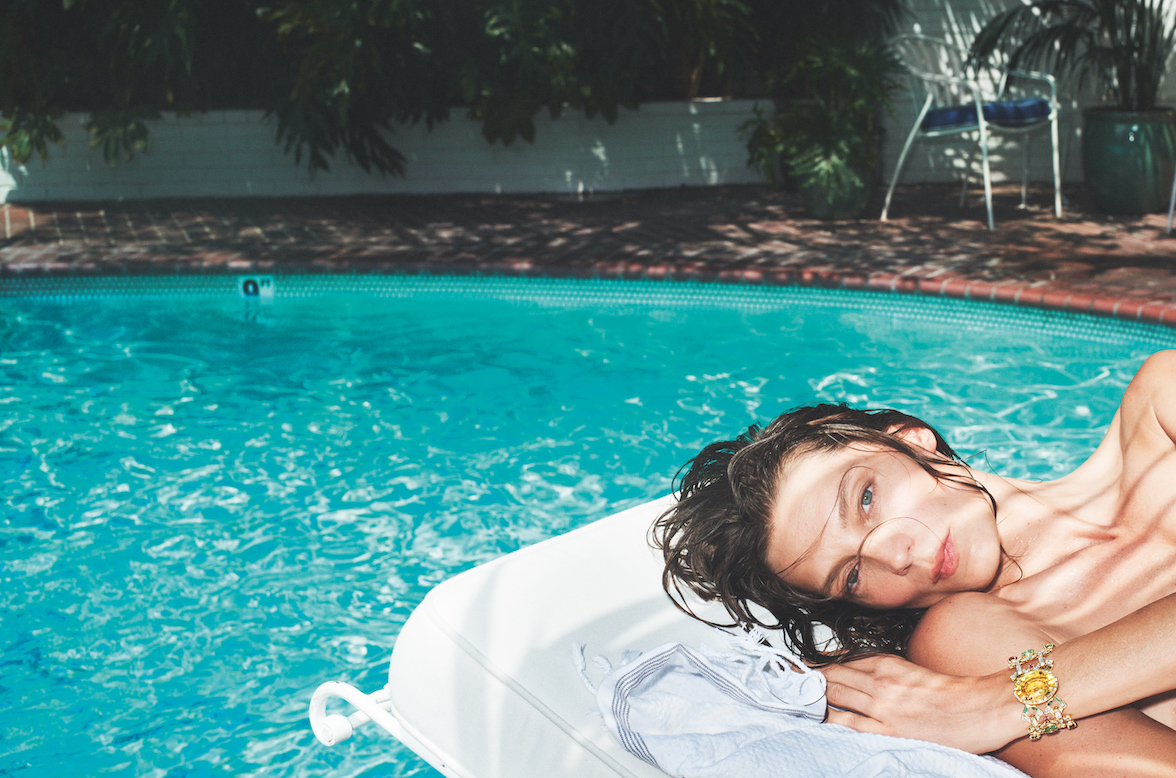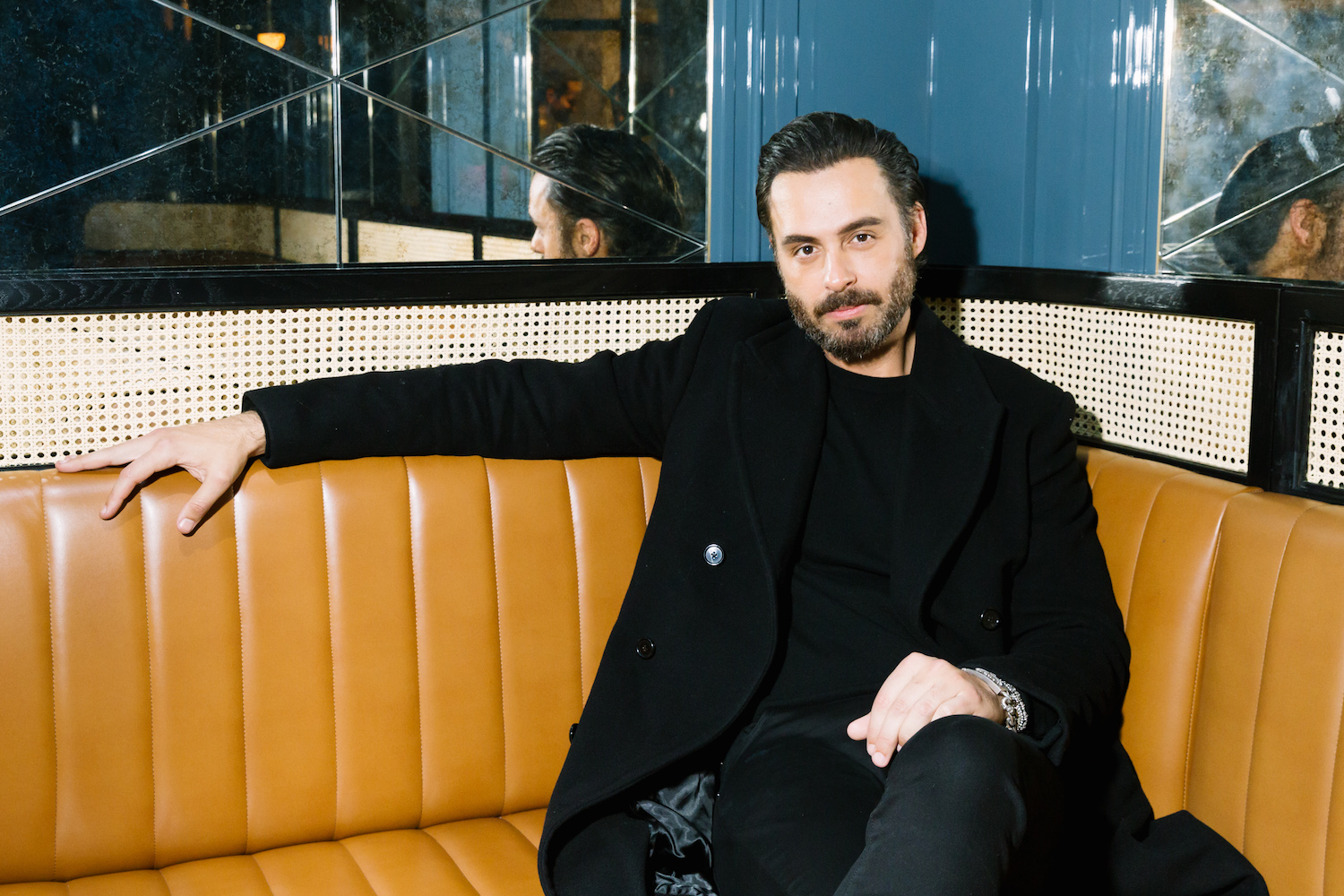The architect and designer Kulapat Yantrasast was born in Bangkok, studied architecture in Tokyo, and trained alongside Tadao Ando, all before opening his own practice, wHY, in Los Angeles. After he traveled the world while working for Ando, L.A.’s laid-back vibe and rich creative community appealed to him—and the good weather was just another bonus. wHY’s practice began with projects for museums like the Art Institute of Chicago and the Grand Rapids Art Museum, setting a foundation for other art-related commissions such as L&M Arts, David Kordansky Gallery, the Speed Art Museum, and the upcoming Los Angeles River Art Bridge and Student Center at CalArts.
Yantrasast describes his work as existing between the questions of “Why?” and “Why not?”—thinking about architecture as a way to connect cultures, discourse, and people. When Whitewall spoke with the Thai-born designer, references to food kept coming up, and he told us how it continues to shape his process, calling his office a “kitchen of ideas” and telling us that he’s not “cooking” architecture for other architects, but for everyone.
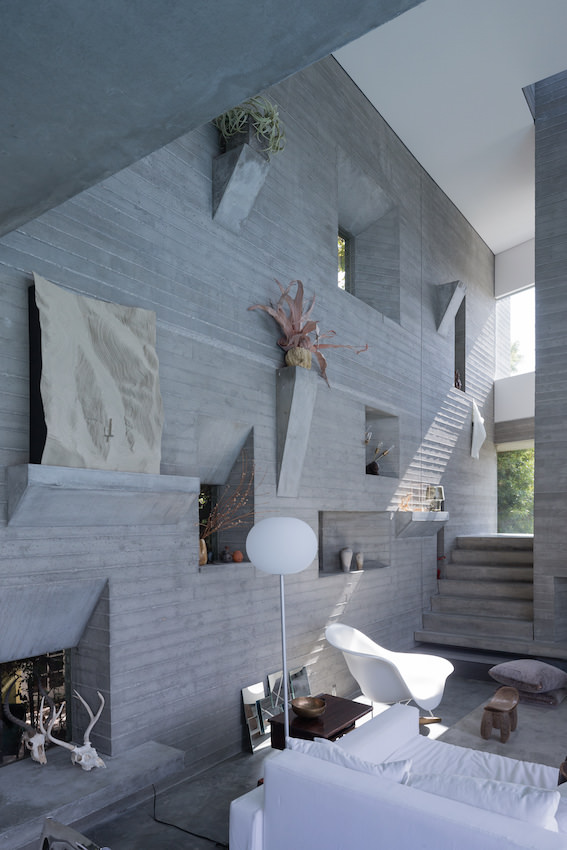
Venice Beach House
Photo by Iwan Baan
WHITEWALL: What were some of your earliest interactions with architecture of importance?
KULAPAT YANTRASAST: I remember very well when I was taken, or dragged, through Europe with my then-young parents, who didn’t have lots of money but wanted to expose me and my sister to the world. I remember clearly the first visit to the Pantheon in Rome—the centrality, the light, and the sound. That was so strong in my mind. Also, visiting Paris for the first time, walking and walking and seeing the city, not just the churches and museums, but city blocks, cafés, and pedestrian life was so strong to me.
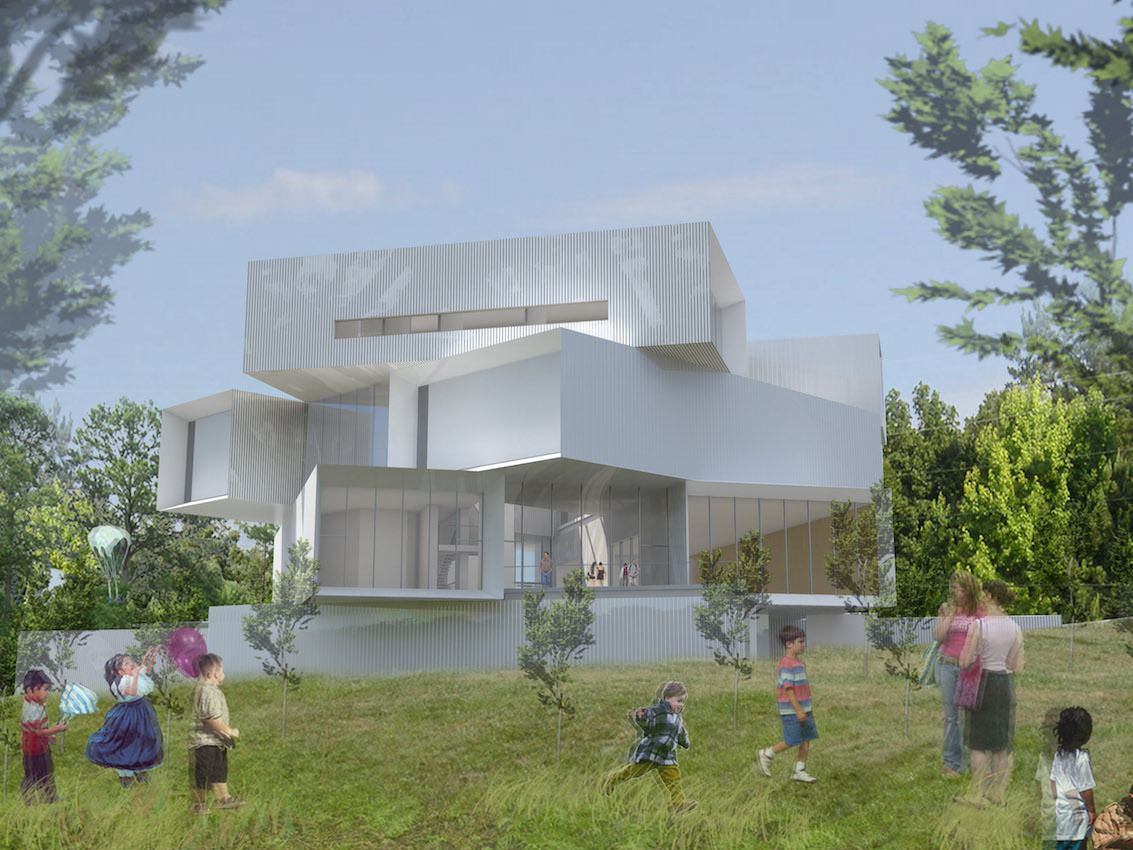
Tyler Museum of Art
Image courtesy of wHY
WW: What led you to pursue a career in architecture and design?
KY: Since I was young, I always felt I wanted to work and live in creative realms, but I didn’t quite know what disciplines to start in. Architecture was my beginning because it situates you in a hosting/sheltering capacity for other arts and designs. Architecture should bring great things together. It takes a longer time to make architecture, but it lasts long.
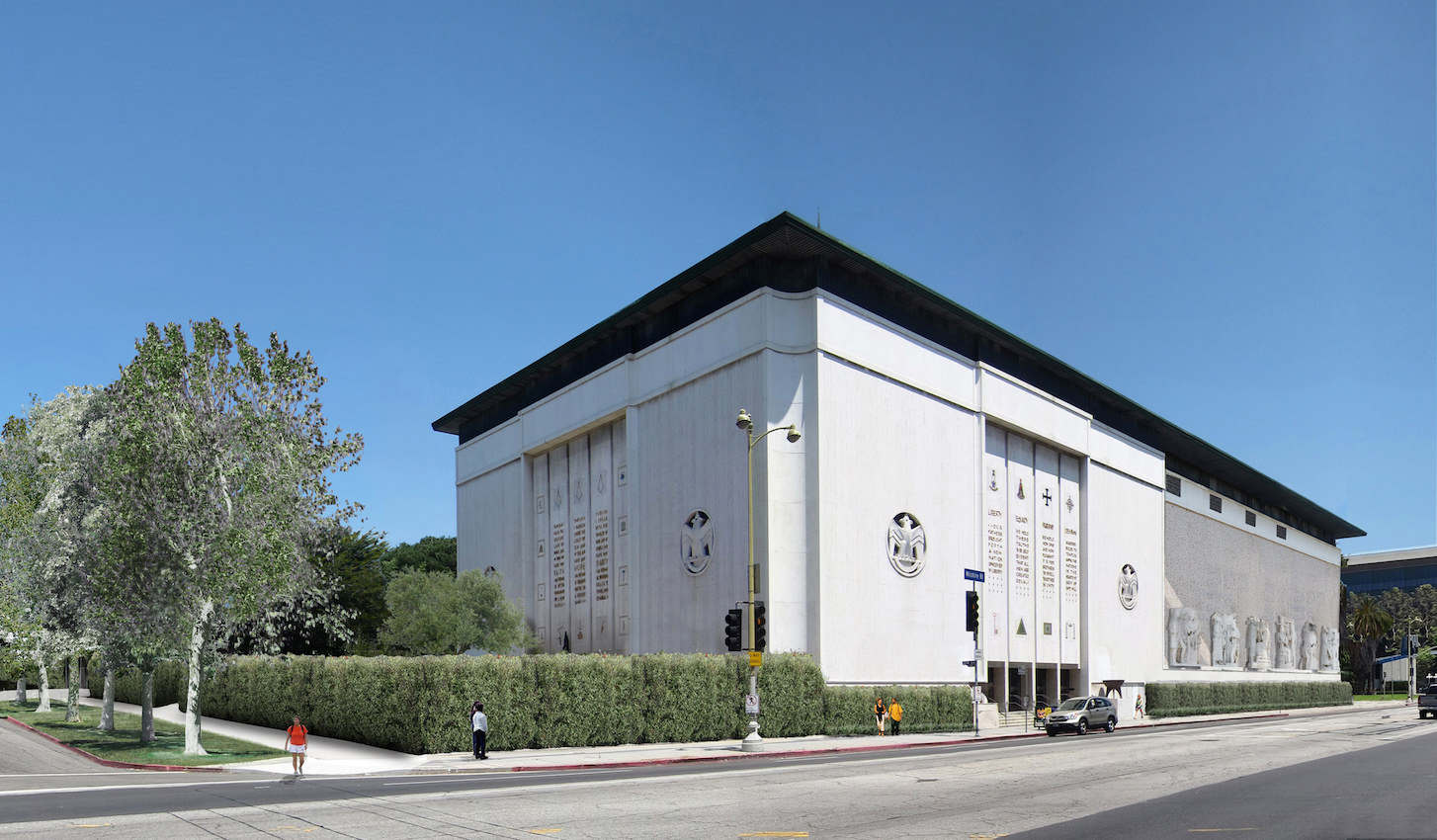
Marciana Art Foundation
Courtesy of wHY
WW: What was it like going from Thailand to Japan when you went to the University of Japan for your degree in architecture?
KY: It was opposites attract and fatal attraction rolled into one. I was so fascinated by Japanese cultures, both old and new. Coming from Thailand, I was hoping to learn from cultures that have been able to sustain their local values and integrated those with imported global, modernist ideas and aesthetics. Japan is one good example of how these diverse aesthetics could merge and give birth to a new global vision.
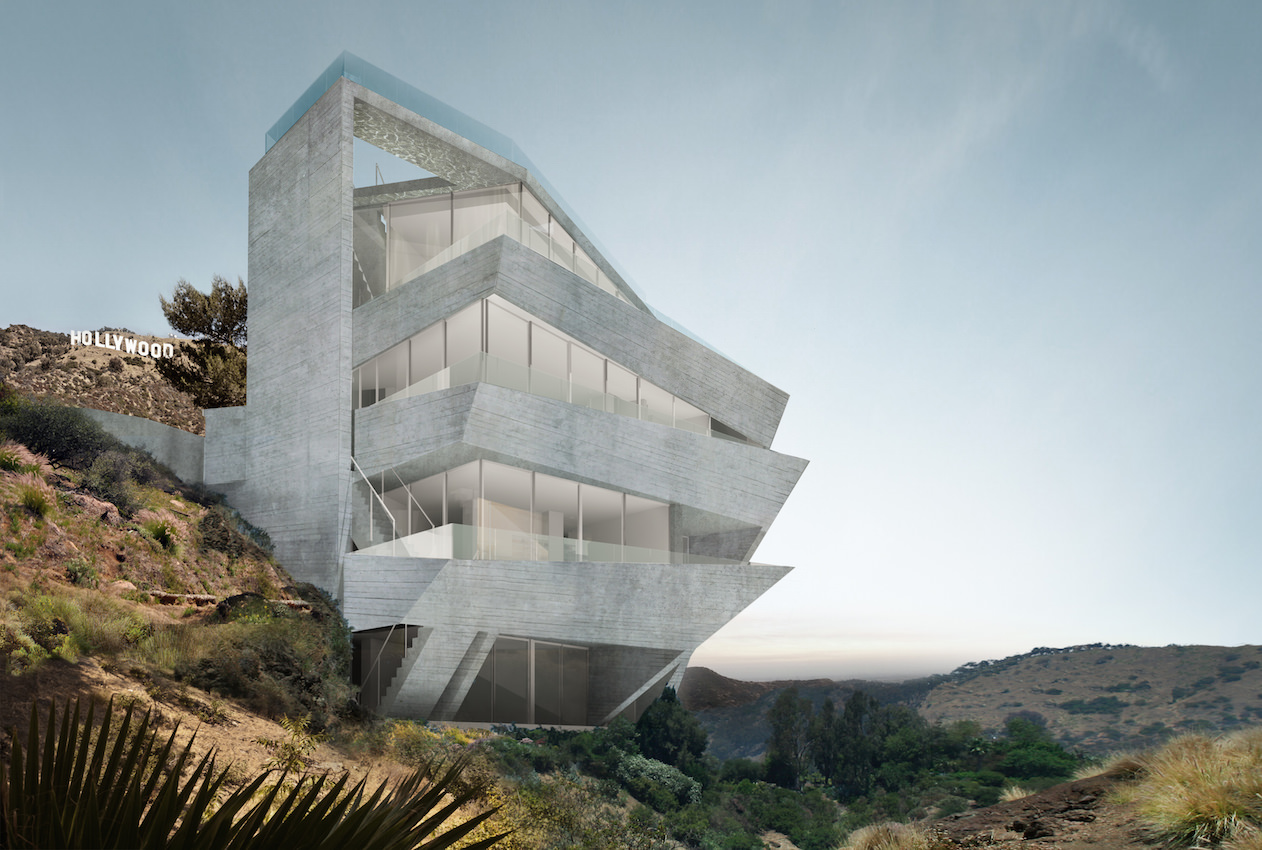
Courtesy of wHY
WW: You describe your architecture and design approach as shaped by food and culture—how so?
KY: I think food is so close and intrinsic to who we are, and food is the art form that is so welcomed by others. In an age when identity wars become so frequent and destructive, people still continue to explore and appreciate one another’s food culture. I think this is worth contemplating. I think architecture has grown to become its own discourse, with not enough connection and confluences with other arts and cultures; therefore, people do not understand—or worse, care—about architecture. I think architecture can work itself back to life, back to people, by seeing how food culture has served society.
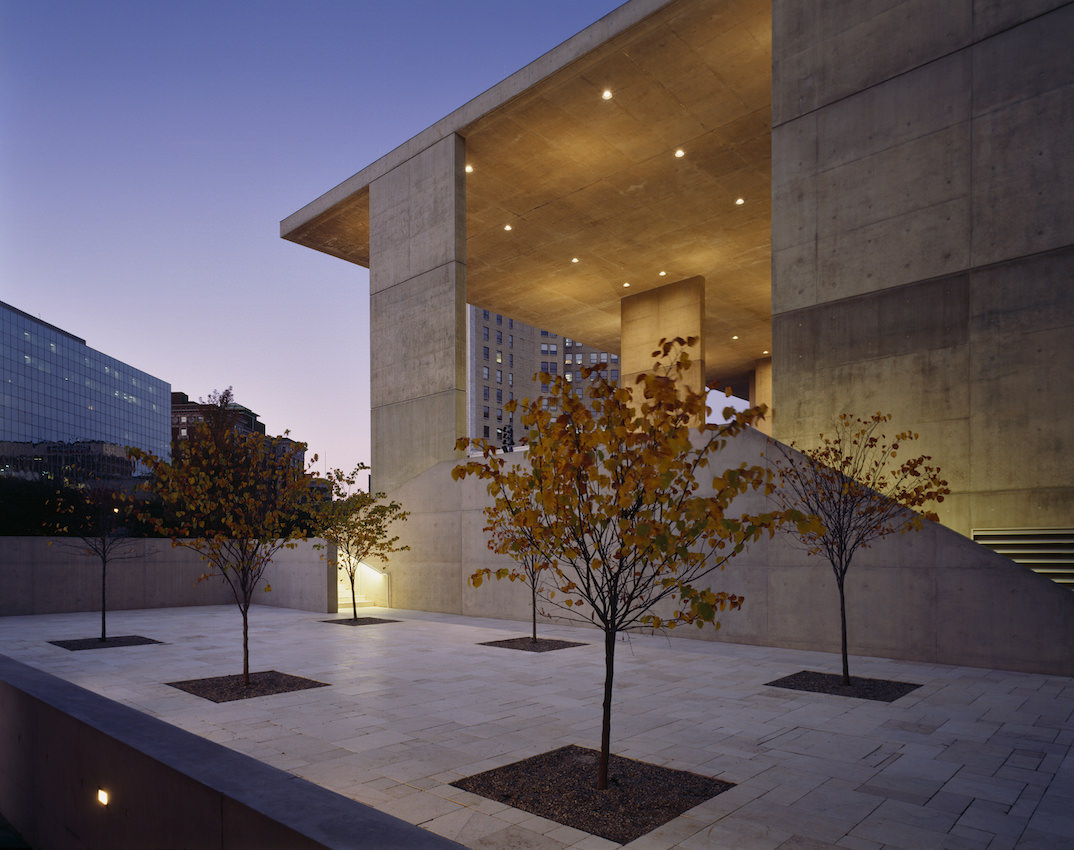
Image courtesy of wHY
WW: Has that always been the case?
KY: Yes, again, growing up in Thailand where food is on everyone’s mind 24/7, food is the most intimate cultural contemplation and art form. Also, that a small country like Thailand could cultivate Thai food to be a rather globally renowned identity is an inspiration to me. Thai food represents the genius balance of pragmatic adaptation and appropriation of all great diverse sources from Asia. I think the “Thai food” way of integrating diversity and celebrating the parts to form even a greater whole is truly the mode of 21st-century creative process.
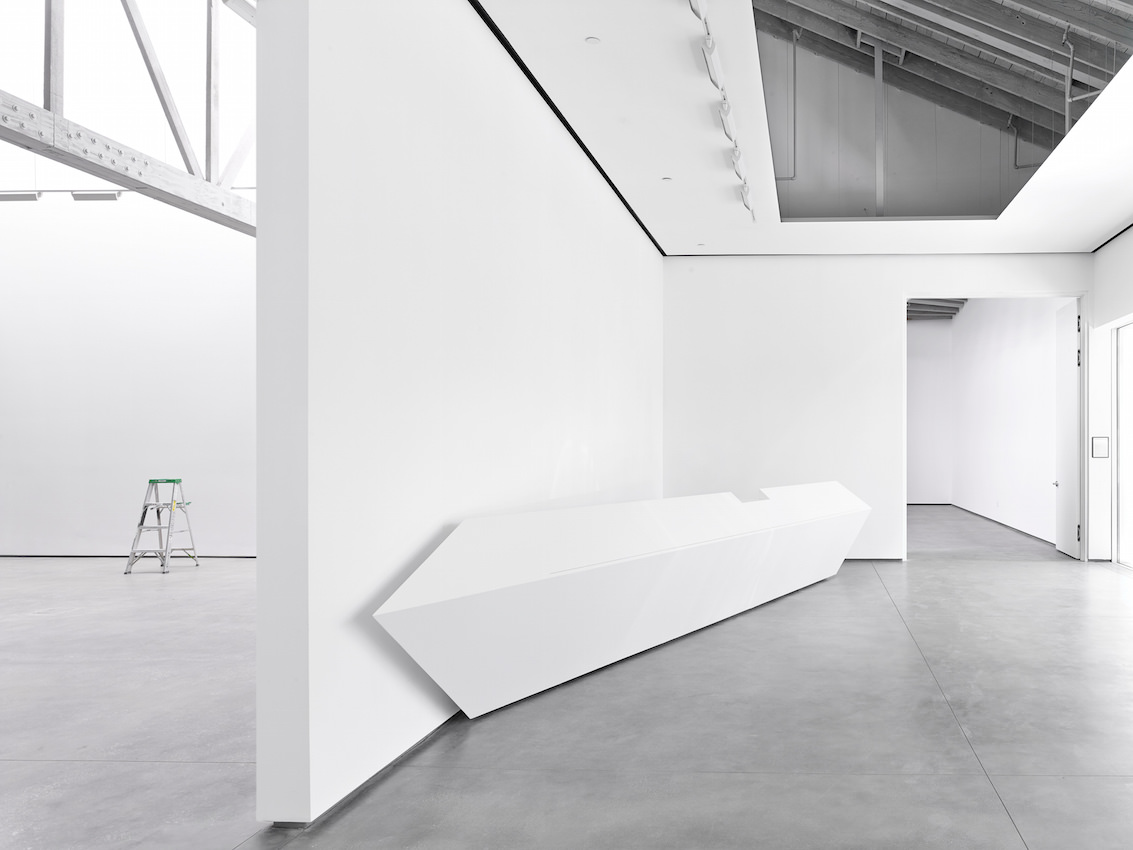
Hollywood Sign House
Image courtesy of wHY
WW: What led you to establish your firm in Los Angeles? What about the city attracted you?
KY: When I was working with Tadao Ando, I was traveling to work all around the world. I love cities like friends and families and will continue to maintain relationships with charismatic cities I adore. But when I thought about a place to grow roots in and to return to for contemplation and to recharge, Los Angeles stands out. It is the laid-back, let-you-do-your-own-thing aspect of the city that I appreciate. The freedom and openness that comes with the sky and the weather couldn’t hurt either.
WW: Why name the firm wHY?
KY: When I started the firm with my former partner, we wanted a name that would trigger thinking but also represent the commitment and responsibilities that we personally have had. So I coined our letters together and wHY clicked. Why not? You might ponder . . .
WW: Do you feel like that question of “Why?” has become divorced from architecture?
KY: I think we are moving, or have moved, from the “Why?” era to the “Why not?” moment. Classic modernist thinking encourages the clarity of thoughts, ideas, and poetic rational process. I think new technologies and new wealth create a big shift to the venture and exploration of “Why not?” There are no longer rules, dogmas, or theories that govern modes of operation. So why not do something catchy and crazy for attention? The pendulum is swinging so far in the opposite direction now, but I think it will slow down and hopefully rest at a dynamic and productive fulcrum between “Why?” and “Why not?”
WW: wHY has become a go-to destination for art and cultural institutions. How did those initial collaborations start? And how have your conversations with curators affected projects since?
KY: The first museum project we had was the Grand Rapids Art Museum (first LEED Gold new museum in the world), which we started two months after we opened the studio in 2004. I have been working on museums since 1996 in collaboration with Tadao Ando, so when I opened my studio, some friends in the art world took notice and gave us a chance to prove ourselves. Since then, we have worked so widely in the art and museum world, from new museum building to gallery design to art installation. I’d love to think that is because I sincerely have passion and expectation for arts. I love how arts, artists, and curators open my eyes to new worlds, new ways of seeing. I think I love to live to be inspired by people, and art is the best way to that end. Conversations that I have had with artists, curators, and art lovers will stay with me and cultivate me for my whole life, beyond any projects that I might work with them.
WW: You’ve said that you see wHY as a kitchen of ideas, with idea workshops taking place for the four areas you’ve carved out: building, grounds, objects, and ideas. How did you arrive at this method of workshopping ideas for projects?
KY: I always feel it is limiting for an architect’s studio to be mostly with architects. Architects are trained professionals, but the downside of that is when you have a hammer in hand, everything starts to look like nails to you. I always want my toolbox to be as diverse and as handy as I could afford, so we started several years ago to transform from wHY as architecture studio into wHY as ecology of disciplines. It is very open-ended and nimble; we bring in new thinkers and ideas for different projects, so the IDEAS workshop is crucial in casting the best and right people on each team and in posing creative challenges to them. I have to say that, regardless of the products, the process has been so thought-provoking and fun. The cross-pollination of people and ideas is so crazy exciting to me.
WW: Do you think that process is better suited for art and cultural projects—or can it be applied to any?
KY: Definitely applied to any, if not all! And actually successful for urban projects that thrive on mixed-use and creative concepts’ curation.
WW: You’ve talked about how architecture has become less approachable, more self-obsessed, more navel-gazing. What is the danger of that? How do you try to escape that?
KY: The danger of that is architects will only cook for architects to eat, sing our own songs, and not be part of the exciting contemporary culture. I try to escape that by surrounding myself with people who have different ideas, viewpoints, and skills; it is not easy to have unity through diversity, but that is the unity I want to live in.
WW: You’ve also described your approach as like a matchmaker between art and people. How can you better connect people to art through architecture and design?
KY: The best matchmaker has the best care and consideration for your subjects; if you want to introduce two friends who never meet, you think about the environments, the setting, and the context that celebrate both parties; then when the encounter sets in, you gracefully leave the room, as if you were never there. Lots of architecture today refuses to leave the room to others, yet continues to shout “Look at me” all the way to the morgue. That’s not a great way to end.
WW: A part of that also seems to be about looking at why certain art was collected—what a collection or exhibition’s purpose is—as you explained, for instance, how the Harvard Art Museum does not have the same purpose as the MFA, even if the kinds of objects they collect are similar. Could you speak to this a bit more?
KY: Art museums and collections are created based on their diverse origins and purposes. These purposes might not be that important to visitors who just want to look at good art, but very crucial to the integrity and vision toward the future for these museums or institutions. Architecture is a major force in that identity, for that vision. The Harvard Art Museums are created and designed as a teaching museum, where professors and students could take time to look at art together and hold time to converse together. The scale, proportion, and intimacy of the rooms and how the art objects are installed encourage such interactions to occur. It is not a museum that is a conveyor belt for visitors to move systematically from one painting to another; it encourages lingering, relooking, and questioning as part of the art experience.
WW: How do you think your work with so many artists, curators, institutions, et cetera has affected the way you personally look at art?
KY: Oh, so much. Do you think Paris in the 1920s or New York in the 1950 to ’60s could happen if artists were just isolated and produced work? No way. That’s why I love architecture, as it is truly a sheltering form of art; that it should accommodate and situate other arts, other ideas, in the big-picture mix of things.
WW: What kind of objects, art, and plants do you surround yourself with in your own space?
KY: I love to surround myself with objects and plants, high and low, that remind me of humility, beauty, and spirituality.
WW: How do the food and culture of L.A. inspire you?
KY: Very much so, I think L.A. is still an ongoing process; it is not a “done” city. That is why it is so frustrating and so inspiring at the same time. Food and culture in L.A. are surely blessed with the produce we have locally as well as the great waves of creative migration we have had since the birth of the city. The social and creative migration to L.A. is so exciting now as we have at our disposal new viewpoints, new stories. The food surely reflects that. The cross-pollination is happening at a great pace and with new strategies. Watch out!
This article is published in Whitewall‘s spring 2016 Art Issue.





